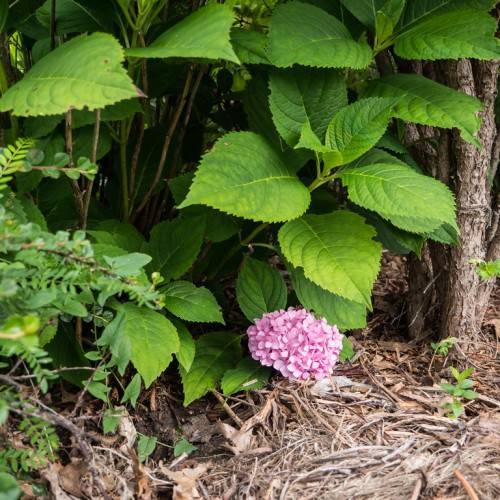
bigleaf hydrangea
Hydrangea sargentiana
Cycle:
Perennial
Watering:
Average
Hardiness Zone:
6 - 9
Flowers:
Flowers
Sun:
Part shade
Leaf:
Yes
Growth Rate:
Low
Maintenance:
Moderate
Care Level:
Medium
watering
Bigleaf hydrangeas should be watered moderately, typically no more than 2 inches of water, about once every 2 weeks. However, exact watering needs may vary depending on the season and will need to be adjusted for more specific conditions. During the springtime, when they are actively growing, they need more frequent watering. With temperatures on the rise, their water needs increase, so make sure they receive enough moisture. During the summer, in hot and dry conditions, they will need to be watered slightly more often. Watering should be reduced slightly in the autumn and winter months.
sunlight
Bigleaf hydrangea (Hydrangea sargentiana) should be placed in a spot with diffused sunlight throughout the day. This can be achieved by putting the plant in an area where the sun is filtered by trees or a sheer curtain. Direct sunlight is not recommended as this can cause the leaves to burn.The morning hours are the best time for Bigleaf hydrangeas to receive sunlight. These flowers can benefit from 1-2 hours of direct sunlight during the morning, with the sunlight exposure gradually decreasing throughout the day. Bigleaf hydrangeas should be well-protected from the hot afternoon sun, so they should be placed in semi-shade during this part of the day. The afternoon sun is too strong for this delicate plant species, so it should be shielded from higher levels of sunlight during this time of day.
pruning
Bigleaf Hydrangea (Hydrangea sargentiana) should be pruned in late winter or early spring, after the last frost. Pruning should remove dead, diseased, and damaged branches, as well as any overly long or thin branches. To maintain the desired shape of the plant, prune as needed to shape, remove old blooms, and thin out overly crowded areas. Trim back branches that extend beyond the desired shape of the plant. Avoid overly aggressive pruning, as this will reduce flowering for the next season.
